How to Package & Ship Books Properly: Best Strategies for 2025
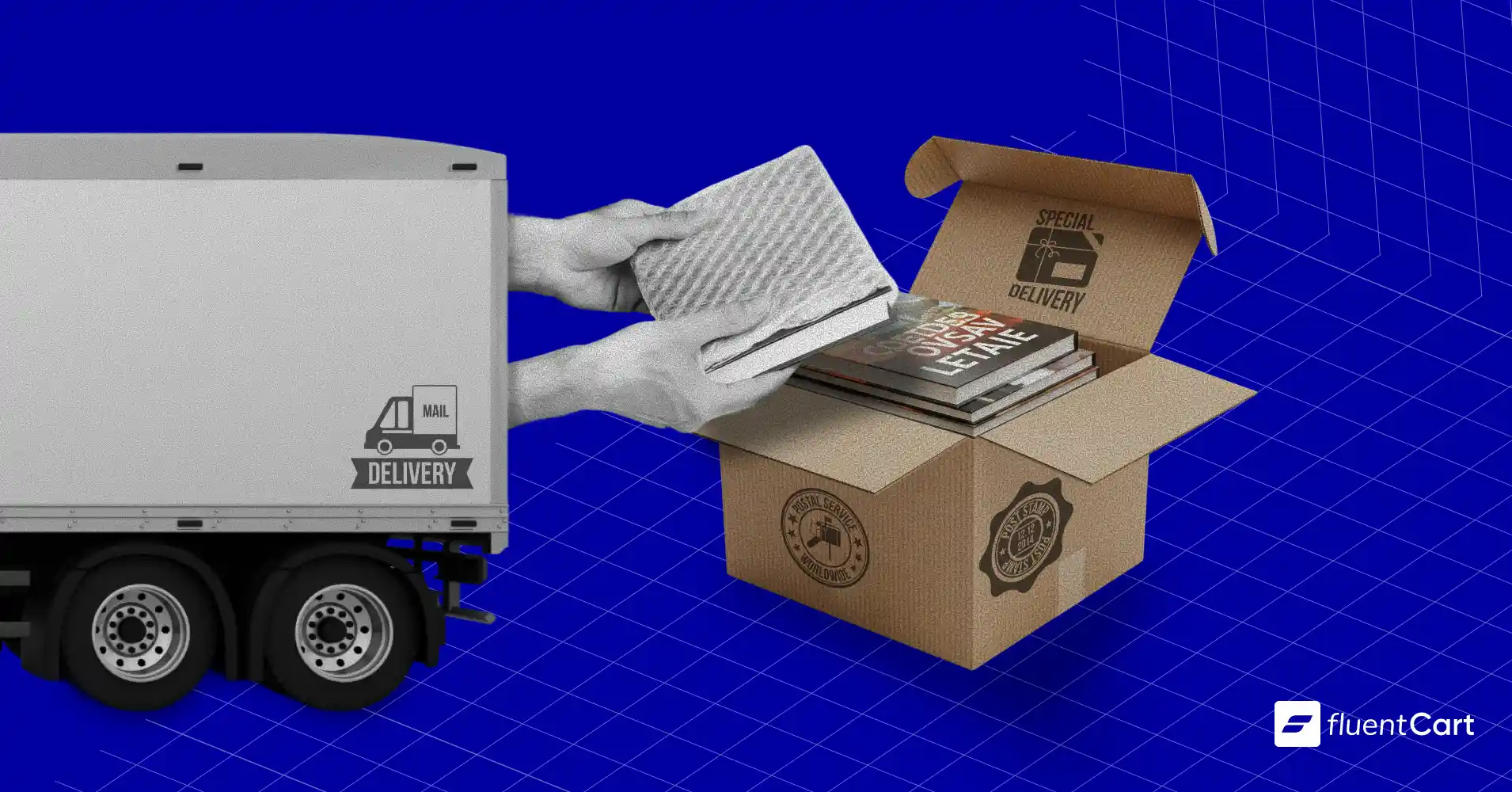
How to ship books without wasting money or losing customers is a problem every seller runs into. Big online bookstores to small indie physical shops, Facebook pages to Amazon resellers, I’ve watched how the outcome depends on packaging and shipping choices.
A book wrapped tight and boxed right arrives safe and valued. A book tossed into a thin envelope in most cases arrives damaged and costs the seller trust. Thus, shipping books properly is not a just theory. It is about the small, practical steps that protect your profit and keep book buyers coming back.
After talking with many book sellers and seeing what they use, I’ve found what really works. Here’s how you can ship books without overspending or stressing out.
How to Ship Books —The Packaging Process
Proper book packaging was never an optional thing. Various forums and communities constantly discuss incidents of poorly packaged shipments, and the consensus is clear: good packaging is non-negotiable.
Now, without further ado, let me walk you through the proven process that saved sellers hundreds in damage claims and negative reviews.
1. Gather Packaging Materials
Start with quality supplies. This isn’t where you want to cut corners. You’ll need,
- Sturdy cardboard boxes (slightly larger than your books)
- Bubble wrap or acid-free packing paper
- Packing tape
- Void-fill material like packing peanuts or crumpled paper
The eco-conscious sellers I know swear by recycled materials. For example, old newspapers, repurposed boxes, and biodegradable packing peanuts. Your customers notice these touches, and they align with the values of many book lovers who care about sustainability.
2. Securely Wrap the Books
Wrap each book individually in bubble wrap or acid-free paper. For valuable books over $50, it’s always better to add a plastic bag layer for moisture protection.
Pay special attention to corners and spine protection. These are the most vulnerable areas during transit, and proper wrapping here makes the difference between a happy customer and a return request.
3. Arrange the Books in Container
Place heavier, larger books at the bottom and lighter ones on top. If shipping multiple books, give each one its own protected space within the box. I’ve found that creating individual “compartments” with cardboard dividers works brilliantly for mixed orders.
This step is crucial for preventing the dreaded “book soup”. Especially, when books shift around and damage each other during shipping.
4. Seal the Box Securely
Use quality packing tape on all seams, with extra reinforcement on the bottom and top. Double-tape large boxes and always run tape along the edges where the box is most likely to split under weight.
Fill any remaining empty spaces with packing material to prevent shifting. The box should feel solid when you shake it gently.
5. Label the Package
Clear, legible labels save everyone headaches. Include complete addresses, return address, and any special handling instructions. For delicate or valuable books, add “FRAGILE” and “DO NOT BEND” labels.
Cover the entire label with clear packing tape to protect it from moisture and handling. A smudged address means delayed delivery and frustrated customers.

Choose Your Shipping Carrier Strategically
Not all carriers treat books equally. So, when you’re weighing your options for shipping books from your store, it’s smart to consider how each carrier handles your unique needs.
After receiving thousand of books myself and learning from my book providers and Reddit communities, here are some of the best options I’ve found:
1. USPS Media Mail
USPS Media Mail is the cheapest way to ship books within the US, starting at about $4.13 for a single book. Perfect for cost-conscious sellers, though delivery takes 2–8 business days and you cannot include advertising materials. Best for standard, non-urgent orders.
Not ideal for: Speed, fragile items
2. USPS Priority Mail
USPS Priority Mail is more expensive but includes tracking and $100 insurance. Delivery is typically 1–3 business days. For books worth over $30 or for customers who want peace of mind, the extra cost is justified.
Not ideal for: Low-cost shipping, heavy loads
3. USPS Flat Rate Shipping
Flat Rate Shipping – USPS is ideal for heavy or multiple-book orders. You pay one flat price no matter the weight (up to 70 lbs), and free USPS boxes add convenience. This is a strong choice for bulk shipments or collector’s editions.
Not ideal for: Light parcels, flexible pricing
4. UPS
UPS is reliable with strong tracking and faster delivery times than USPS in many cases. Rates are higher, but UPS offers predictable windows and better handling for valuable or time-sensitive shipments. A good fit for sellers with customers who care about speed and security.
Not ideal for: Budget shipping, small sellers
5. FedEx
FedEx is similar to UPS, with consistent service, detailed tracking, and options like FedEx Ground for cost savings. Business accounts often unlock discounted rates. This makes it popular with high-volume sellers. For smaller sellers, it may be pricier than USPS, but the reliability and consistency can be worth it.
Not ideal for: Affordability, rural deliveries
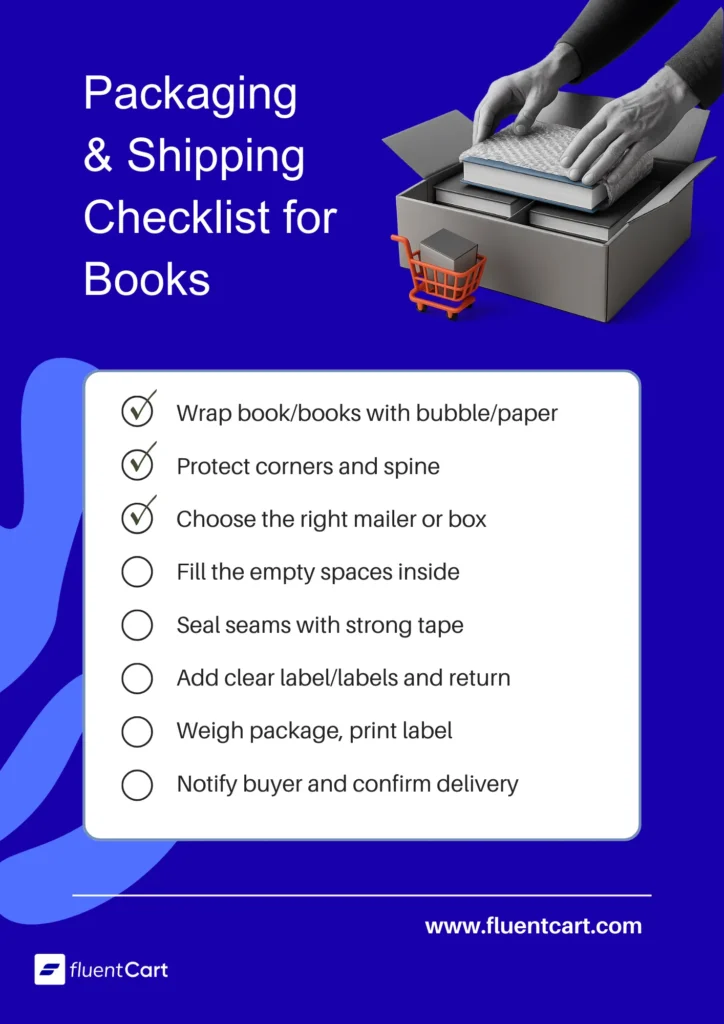
Regional Carriers & International Shipping Options
For those outside the US, to make things easier, I’ve put together 2 tables below. The first one lists regional services. The second one shows the best carriers in major book-exporting countries.
These are sorted by the countries and regions with the strongest book markets. Take a look:
The Economics of Book Shipping
The biggest mistake new sellers make is trying to save on packaging. Tasha, who runs a small vintage book shop online, learned that the hard way. She used to lose 8 out of every 100 books to shipping damage.
After upgrading her materials and packaging style, her cost rose to about $1.20 per package, but her damage rate dropped to under 1 percent. With an average book price of $25, this shift reduced her monthly losses from $200 down to $25, which means she saved $175 every month simply by improving her packaging.
A good, protective setup often lands between about $0.80 and $2.00 per shipment, depending on materials and whether you use a box or a padded mailer.
Typical current bulk prices:
- Bubble mailers: roughly $0.11–$0.30 each in bulk sizes suitable for books.
- Packing paper: 25 lb bundles commonly around $25–$40 for ~500 sheets. Per book you might use a few sheets, which is only a few cents.
- Packing tape: 12-roll packs commonly $40–$50. Cost per order is only a few cents.
- Corrugated roll, 24″ × 250′: often $33–$76. Using 1–2 feet to reinforce a book adds about $0.15–$0.60.
- Boxes: usually $0.50–$2.00 each depending on size and quantity. (New box cost drives the high end; recycled boxes lower it.) [Typical pricing varies by supplier.]
Takeaway:
- Mailers + paper + tape often total – $0.30–$0.80
- Add corrugated wrap and you may reach – $1.00–$1.50
- Use a new box and you can be near – $1.50–$2.00
The math is simple: spending a few cents more per shipment prevents returns, refunds, and unhappy customers. Strong packaging doesn’t just protect books, it protects your profit and your reputation.
Why Systems Matter in Book Shipping
Good packaging protects your books, but it is only half of the full picture. Once sales grow, the real challenge is not just keeping books safe, it is keeping your process efficient. Many sellers realize that the real cost is not just packaging, but it is more about time.
Packing five or ten books is simple. Packing fifty, while also tracking inventory, calculating shipping, and updating customers, quickly becomes overwhelming. Without a solid and faster, reliable system, every order turns into a manual task. Every extra step increases the risk of mistakes.
This is where a good eCommerce system makes shipping smoother. A reliable system brings everything into one place:
- Orders update your inventory automatically
- Shipping costs are calculated instantly by weight and destination
- Labels are generated in seconds
- Major third-party carrier integrations ensure smooth operations
- Orders are marked complete and archived for review

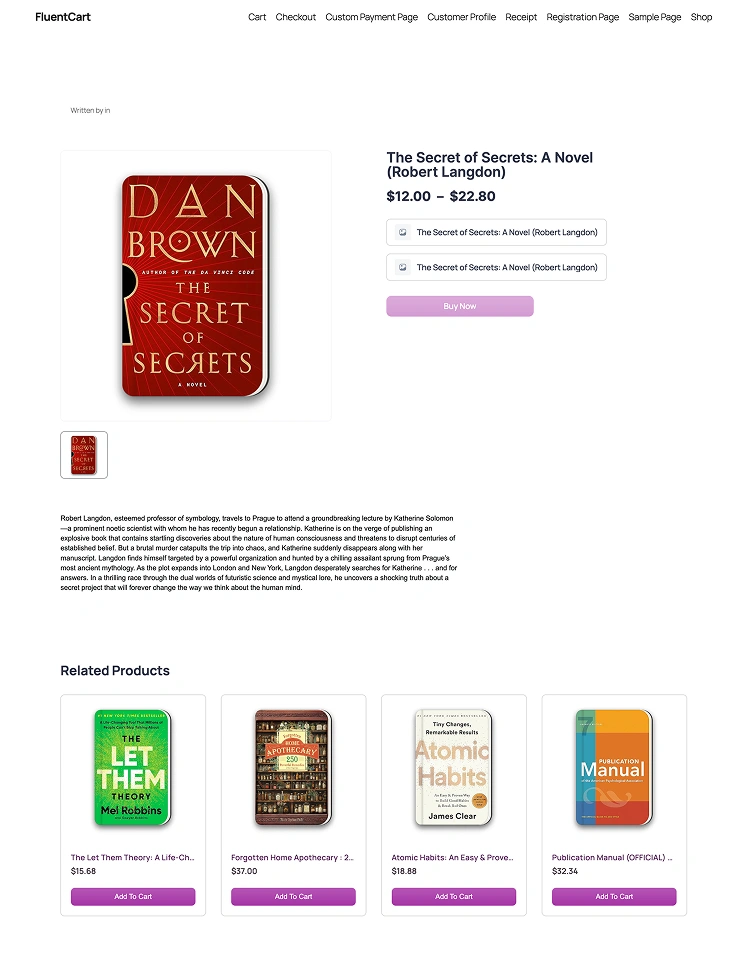
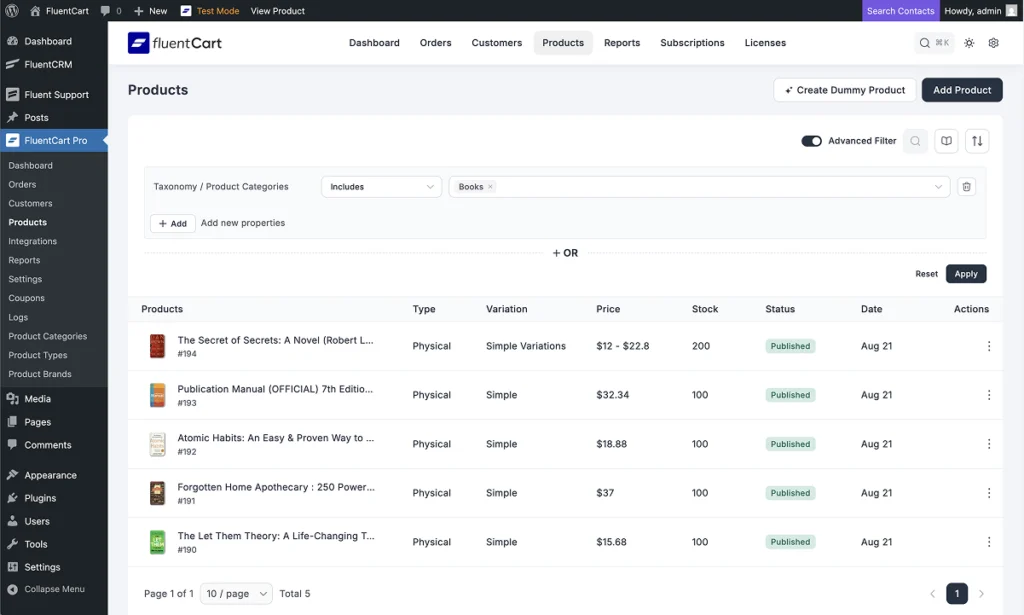
For sellers, this means less time lost on logistics and more time sourcing books. For buyers, it creates a smooth checkout, clear updates, and reliable delivery that encourage repeat sales.
Not every system is equal. Some are slow, vulnerable, high price, cluttered with costly add-ons, and difficult to manage. The best systems are lightweight, fast, secure, and customizable so you can run everything from one dashboard without unnecessary expense. The right system does more than move books, it builds trust and a reputation that lasts.
Your Next Steps
The difference between average and great book sellers lies in the systems that make this process scalable and profitable.
Whether you’re shipping your first book or your thousandth, the combination of thoughtful packaging, strategic carrier selection, and smart order management creates the foundation for sustainable success.
Ready to transform your book shipping from stressful to systematic?






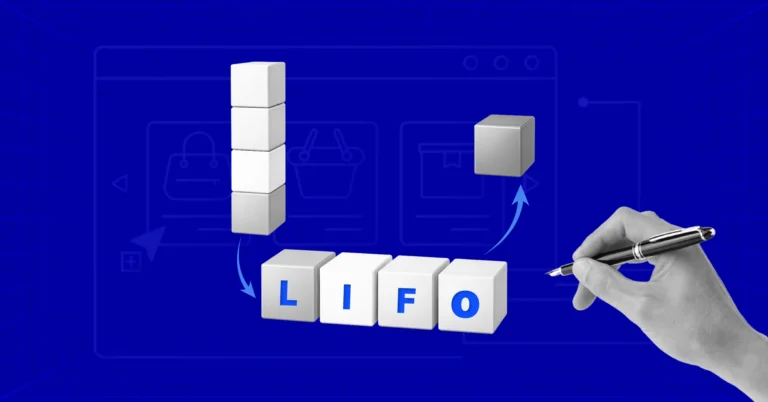



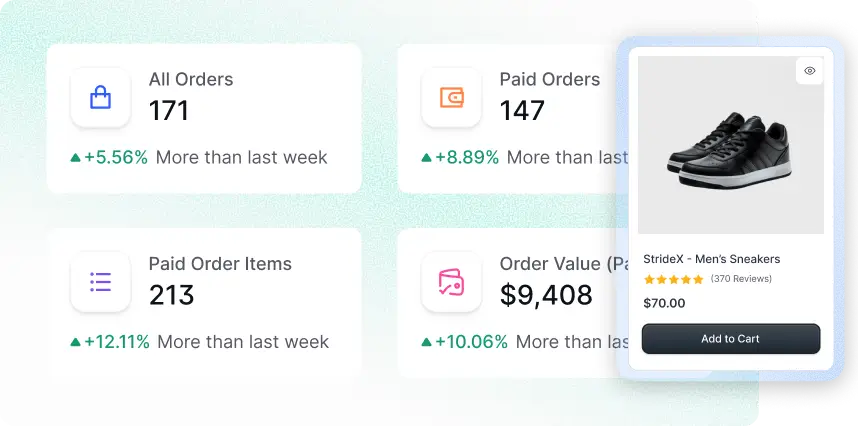


Leave a Reply